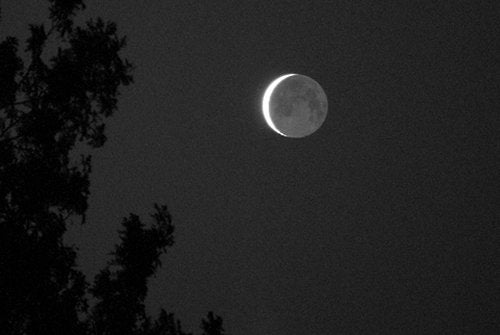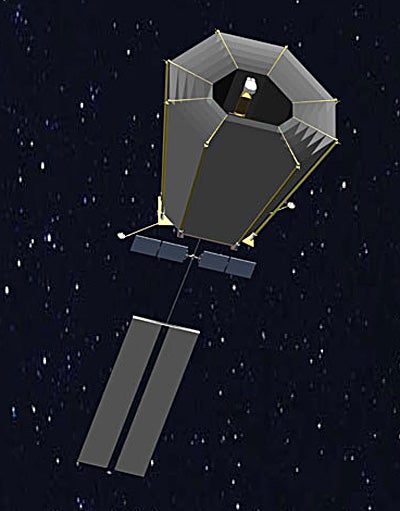The ultimate goal of planet-hunting astronomers is the discovery of a world like our own orbiting in the so-called habitable zone of a normal Sun-like star. At the field’s current pace, such a discovery may not lie far in the future. In 2014, NASA plans to launch Terrestrial Planet Finder C (TPF-C), a spacecraft dedicated to the task of detecting earthlike planets. But without the ability to see Earth through TPF-C’s telescopic eyes, astronomers will lack a direct way to compare a newfound exo-Earth with our own world.
Now, Tilak Hewagama of the University of Maryland and Drake Deming of NASA’s Goddard Space Flight Center are using earthshine — light from Earth reflected from the Moon’s night side — to view our world as it would be seen through a distant telescope.
“It’s a poor man’s way of looking back at Earth,” Hewagama told Astronomy.
The team’s project looks at specific wavelengths in the near infrared, between 700 and 750 nanometers, which include contributions from water vapor and the “red edge,” a bright line from land vegetation long familiar to Earth scientists.
The scientists placed custom filters on an automated 14″ Celestron telescope located on Mt. Joy in New Mexico’s Sacramento Mountains and imaged the night side of the Moon during its crescent phases. They presented their results Monday in a poster paper at the Space Telescope Science Institute in Baltimore.
The Russian astronomer Adrianovich Tikhov may have been the first to look for vegetation signs in earthshine, but in 1914 his instruments weren’t up to the task. In 2002, teams from the United States and France demonstrated that ozone, molecular oxygen, water, and the red edge showed clearly in earthshine spectra.
Hewagama and Deming plan long-term monitoring of earthshine to reveal how cloud-cover changes alter Earth’s blue color and modulate the red edge.
“We want to look at Earth as an astronomical object,” says Deming. “Nothing would be more embarrassing than for TPF-C to find a pale blue dot and astronomers to lack the means to directly compare its observations with Earth.”











